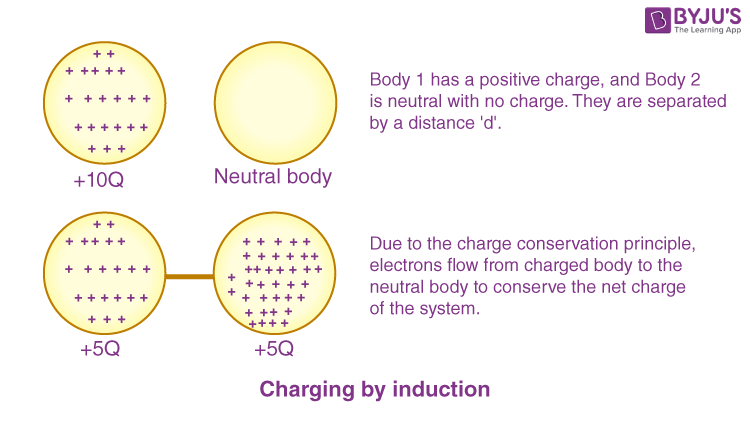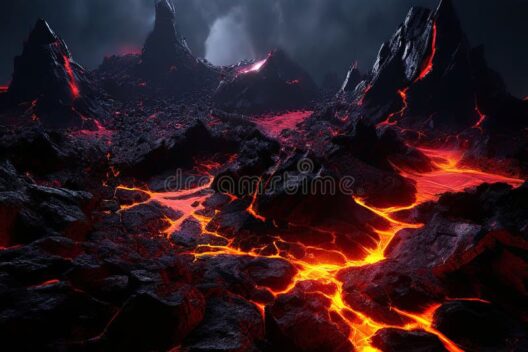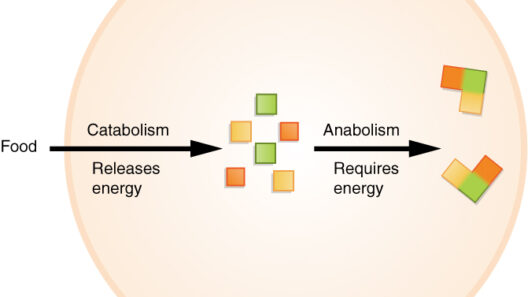The realms of physics are imbued with concepts that govern the fundamental interactions we observe within our universe. Among these intricate principles, the notions of conservation of charge and conservation of energy often evoke curiosity and sometimes confusion. At first glance, one might be tempted to view these two principles as synonymous; however, they operate independently within the broader tapestry of physical laws that underpin our understanding of matter and energy.
To begin with, it’s essential to delineate what is meant by conservation of charge. This principle asserts that the total electric charge in an isolated system remains constant over time, irrespective of the internal processes that may transpire. In practical terms, this means that charge can neither be created nor annihilated; it can only transfer from one entity to another, akin to the passage of water through interconnected reservoirs. For example, when a charged balloon is brought near small pieces of paper, electrons transfer between the balloon and the paper, effecting a movement of charge while the total charge remains unchanged.
Conversely, conservation of energy embodies a broader and more encompassing principle that states energy within a closed system remains constant, though it may transform from one form to another—kinetic to potential, thermal to mechanical, and so forth. This principle is well illustrated in the phenomenon of a swinging pendulum: at the pinnacle of its arc, the pendulum has maximum potential energy, which converts to kinetic energy as it swings downward. The total energy in the pendulum’s system, however, remains unwavering throughout its motion.
Despite the apparent independence of these two conservation laws, they intriguingly intersect in the realm of electromagnetism—a discipline that encompasses both electric charge and energy. When charges are set in motion, they create electric fields and currents which can produce magnetic fields, demonstrating the interrelationship between charge and energy. Indeed, the very act of moving charge, as in the case of electric circuits, generates energy transfer, essential to powering our modern technologies.
One might wonder why these distinct conservation laws command such profound fascination within both academic circles and everyday discussions. The answer lies not only in their fundamental nature but also in their ubiquitous presence in the technological marvels and scientific phenomena we encounter in our lives. From electric vehicles with regenerative braking systems that utilize energy conservation principles, to smartphones that rely on electricity without depleting their charge, the implications of these laws are ever-present.
Moreover, the potential for interdisciplinary exploration between these two concepts beckons scientists and engineers alike. In particle physics, for instance, phenomena such as electron capture and beta decay exemplify the interconnectedness of energy and charge conservation. During these processes, an electron is absorbed by a proton, resulting in a neutron, while a neutrino is emitted. Here, the conservation of charge is maintained as the total charge before and after remains balanced, while energy transformation occurs, underscoring that charge and energy conservation work in tandem, even if they remain distinctly defined principles.
In broader environmental discussions, the juxtaposition of these principles takes on additional significance. As the world grapples with climate change and the urgent necessity for sustainable energy practices, understanding the conservation of energy becomes vital. Energy efficiency and renewable energy technologies hinge on our capacities to conserve energy—transforming it from one form to another while minimizing wastage. This relevance echoes the charge conservation principle, which serves as a reminder that while energy can be transformed, it must be managed wisely and efficiently within any system.
Furthermore, the conversation extends into realms of quantum mechanics, where both charge and energy manifest in fascinatingly perplexing ways. Quantum entanglement challenges our classical intuitions, suggesting that the conservation laws might operate differently at subatomic scales, implying that relationships among particles can transcend traditional notions of locality. These explorations yield insights that provoke profound reflections on the fabric of reality, compelling scientists to rethink established paradigms.
As technology progresses, our comprehension of both conservation laws gains importance. Innovations such as advanced batteries, fuel cells, and energy storage systems echo the intertwined principles of conservation of charge and energy. These technologies demonstrate that society’s ability to harness, transform, and conserve energy correlates directly with our grasp of these fundamental laws of physics. The integration of renewable resources, smart grids, and energy management systems further accentuates this relationship, ushering in a new era of energy awareness and responsibility.
In conclusion, while conservation of charge and conservation of energy serve distinct roles in the discipline of physics, their intersecting spheres generate richness within scientific discourse and practical application. Appreciating their individuality allows for a more nuanced understanding of their applications, particularly in technology and environmental stewardship. Ultimately, both principles encapsulate the elegance of the universe, where balance, transformation, and responsibility toward energy usage meld into a foundational understanding that can guide society toward sustainable futures.








